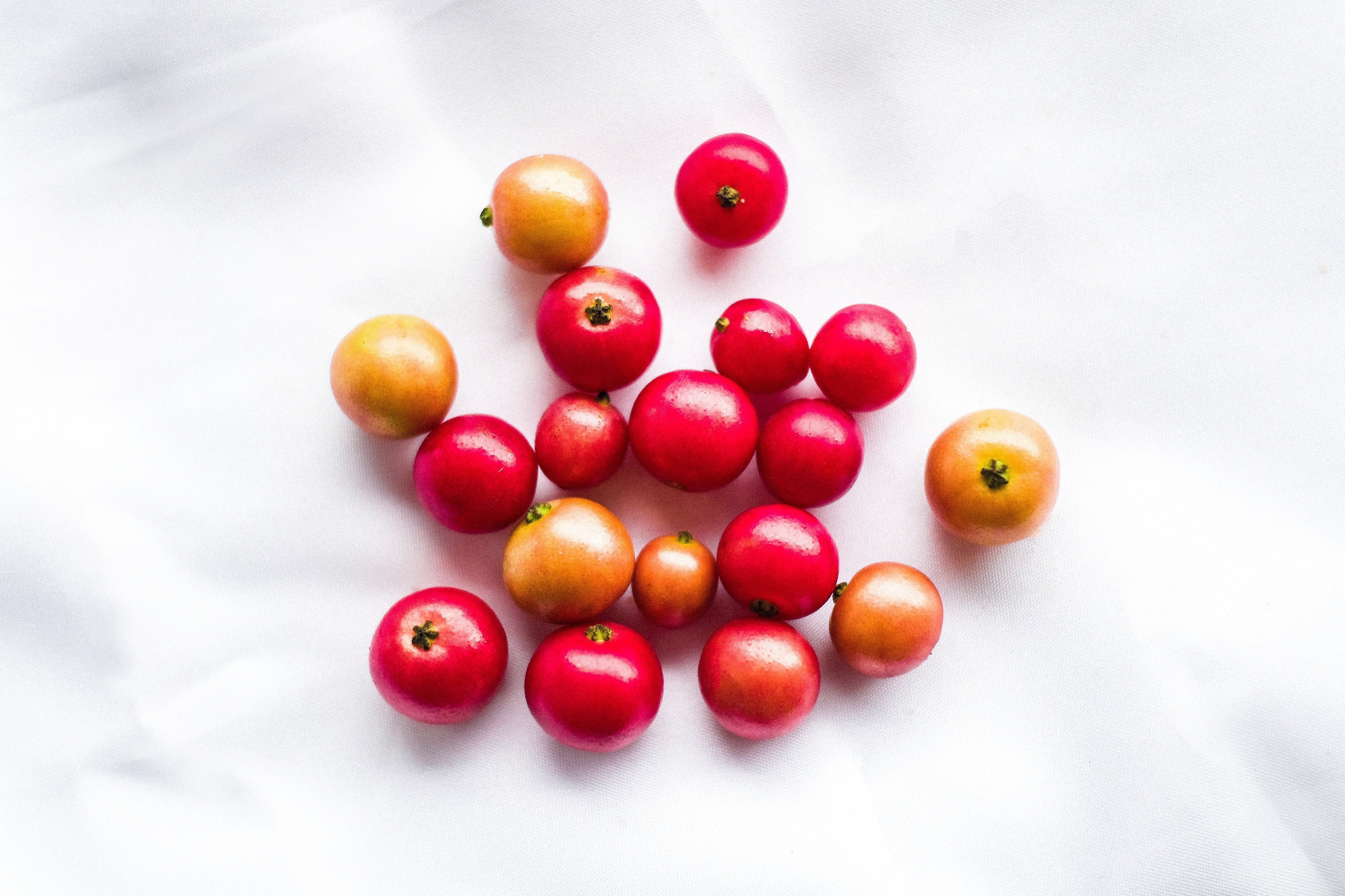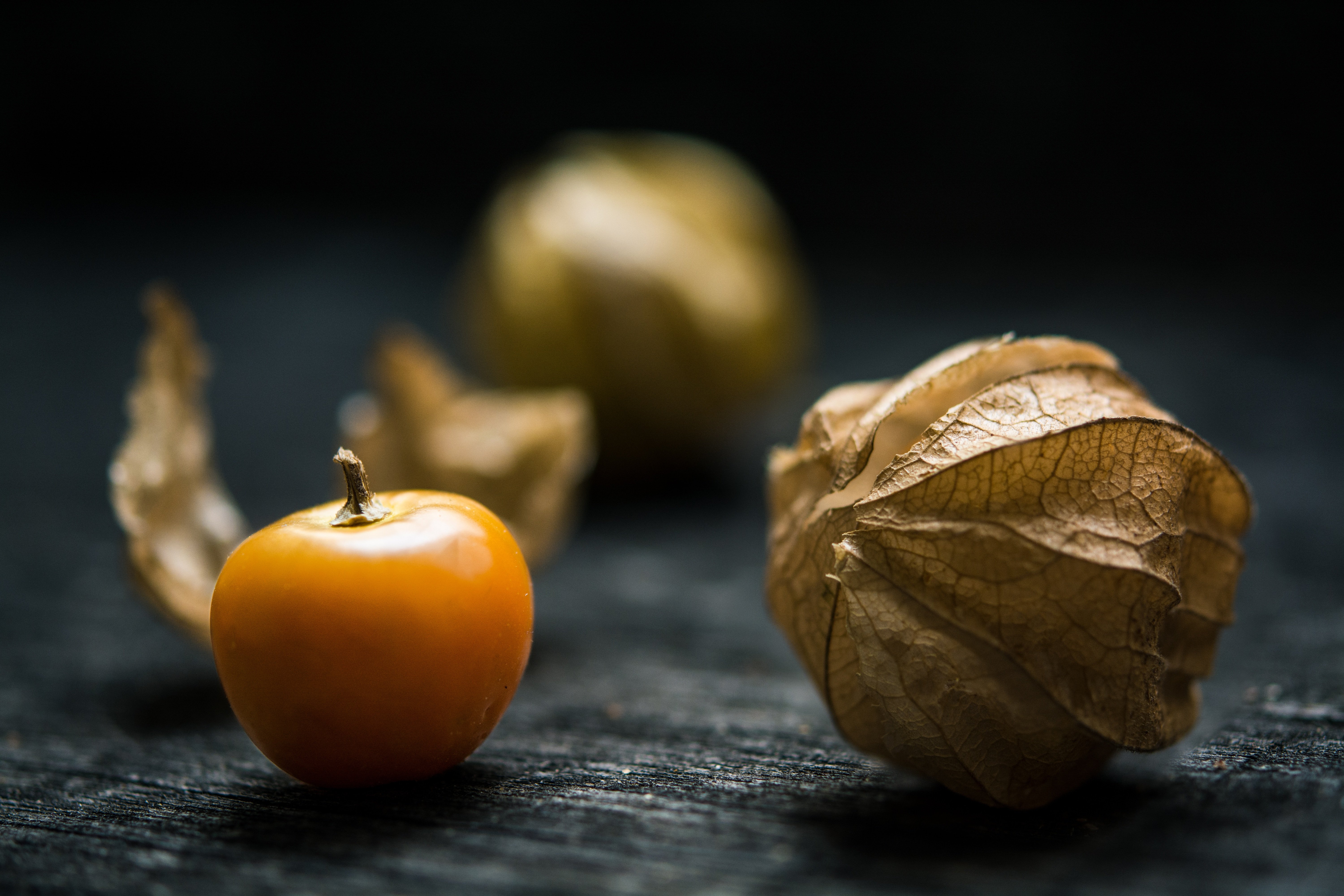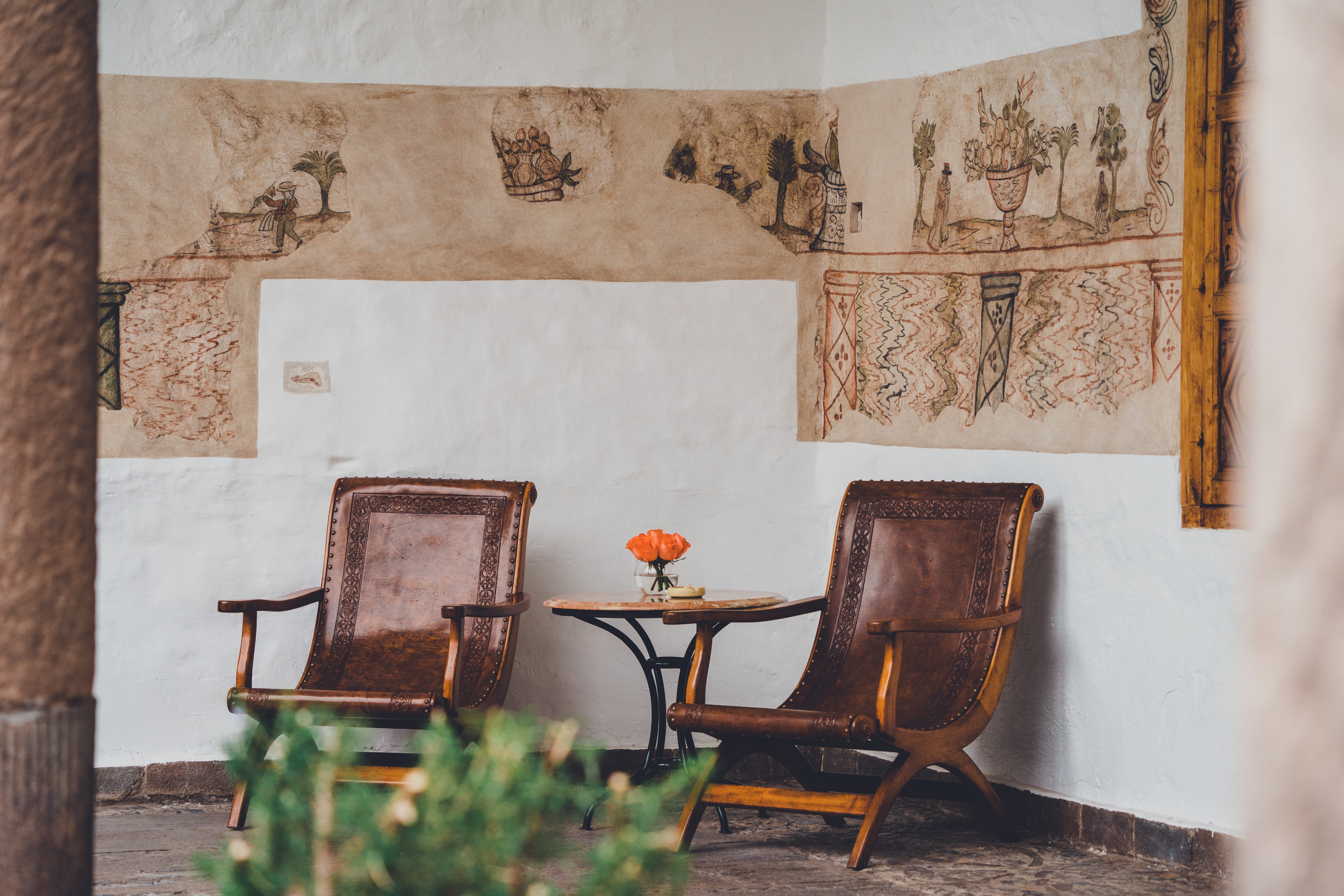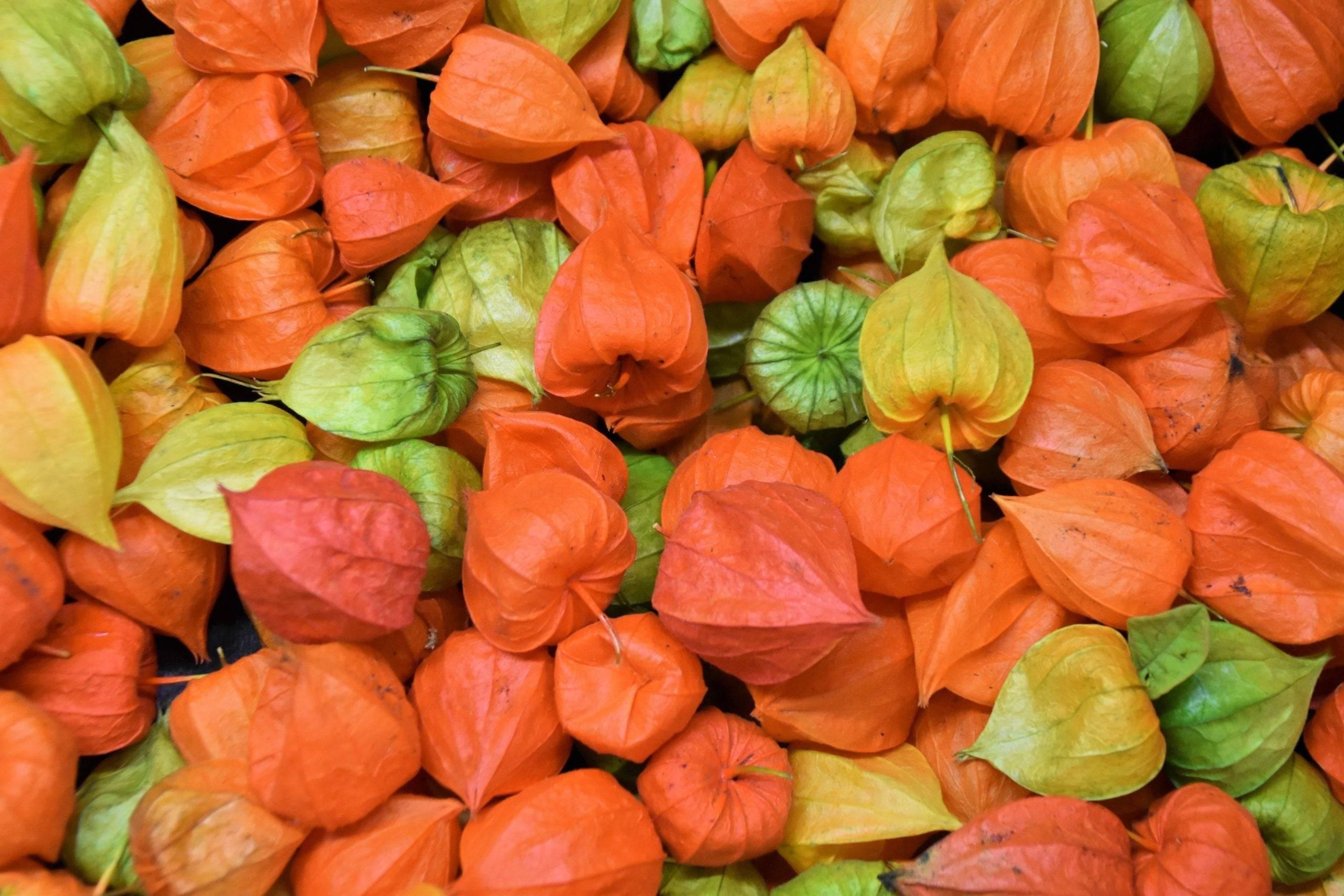Picturesque shape and a wonderful splash of color at the same time. This is how the magical physalis appears. Have you always wondered where exactly this plant or fruit comes from and how exactly you can grow physalis? Then let's go! In our article you will find out everything about the glowing Andean berry and how you can care for it.
Origin, history and varieties
The small Andean berry is becoming more and more popular with us. As a decoration for an extravagant dessert or as a snack in between: the fruit is simply unique! It originally comes from South America (hence the name Andean berry). Only from the second half of the 20th century did the physalis come to Europe via South Africa. For this reason, it is often called the Cape gooseberry. The sweet and sour and at the same time fresh taste of the berry is being used more and more. Another advantage: Physalis contains a lot of vitamin C, vitamin B1, provitamin 1 and iron.
Botanical properties
From a botanical point of view, physalis belongs to the nightshade family. Its fruit is small and has a distinctive orange color. The special thing about the fast-growing perennial: the berry grows inside the calyx. The entire plant, with its heart-shaped leaves and slightly hairy stems, can reach a height of around two meters. There are several varieties of the Andean berry, we have listed the most popular ones here:
- Physalis alkekengi (Lantern Flower): Ornamental
- Physalis peruviana: best-known representatives, suitable for consumption
- Physalis pruionsa (pineapple cherry): smaller than the Physalis peruviana, suitable for consumption
- Physalis philadelphica (strawberry tomato): still relatively unknown to us

Plant Andean Berries
You want to benefit from the taste of your own Andean berries? Then it's time to "grow physalis" at home! Of course, the right location has to be found for this, the cultivation or planting time has to be right and in the end, of course, the right care ensures a delicious fruit.
Growing physalis: How does it work properly?
The end of May is the right time to grow physalis (outdoors), because then you can be sure that there will be no more frost. In order to be able to grow the special fruit with you, you can of course buy the seeds in the garden center. However, these are relatively expensive. If you want to avoid this, you can easily dry your own physalis seeds. All you need is some fruit from the supermarket. Remove the pulp and let it dry on kitchen paper. After a few days, you can collect the seeds together and keep them in a small bag.
- You can start growing the physalis seeds from January/March at the latest.
- A special seed tray with seed soil is best suited for this.
- Be careful not to sow the seeds too densely.
- Cover lightly with soil (about 0.5 centimeters) and then press down.
- Water the seeds with a spray bottle.
- Place the seed tray in a sunny spot on the windowsill.
The right location and the right soil
As soon as there is no more frost you can put your berries outside. Growing physalis also means providing the right location for the plant. The nightshade plants, which need warmth, need a very sunny place to thrive.If your plant bed is on the south side of your apartment/house, then this is ideal for growing physalis, as the masonry stores the heat and can give it off to the wind-protected plant
Tip: If you want to grow the Physalis, you can also use it very well as an embellishment for fences. For example between bluebells and chrysanthemums.
The substrate should only be rich in humus and have good permeability. The physalis does not make high demands on the composition of the soil. To prevent waterlogging, however, you should mix medium-sized pebbles into the moderately moist soil so that the plant can optimally develop its growth.

hibernate physalis
If you want to use the physalis for several years, then you definitely have to hibernate it, as it dies when there is frost. Andean berries growing in the pot can easily be cut back by about two thirds (after harvest). Then they should be placed in a bright place that is between 10 and 15 degrees Celsius. When the weather gets warmer again next year (from around the end of March) you can gradually get the plant used to the warming sun again and then put it outside again from May.
The right care: watering, fertilizing, cutting and propagating
If you want to grow Physalis, proper care afterwards is important for a successful harvest of the tasty, small and round fruits. You will learn more about this in the following section.
Water physalis: The plant is very thirsty
Even if your physalis tolerate short-term drought, you should definitely water them regularly. On very sunny and hot days you may even have to water them twice a day. If this is the case, then always early in the morning and late in the afternoon. Rule of thumb: Whenever the top layer of soil has dried, you should water your physalis.
Fertilize physalis
The easy-care physalis is also very undemanding in terms of nutritional requirements. Excessive fertilization leads to excessive and unnatural growth, which means that less fruit grows on the plant.
- In the garden: Before planting, you should mix some compost under the soil.
- In the pot: About two months after putting it outside, you should cover the nutrients of the physalis with a liquid tomato or vegetable fertilizer.
Tip: Regular weeding also contributes to healthy growth.
Cut physalis
When you grow perennial Physalis plants, regular pruning is necessary. Since older plants often grow up to two meters high and can also be very wide, a so-called ventilation cut is very useful for them. In autumn you can cut the physalis back by half. But make sure that you leave the main shoots a little longer. Of course, you always have to cut off sick and dried branches. If the Andean berry has no more leaves, you don't have to worry. In spring they grow back normally.
Grow physalis
Have you taken a liking to growing Physalis and now want to cultivate even more plants at home? No problem! With the help of cuttings, this is very easy. At the beginning of November, cut long top cuttings (about ten centimetres) with at least five leaves. At a temperature between 18 and 20 degrees Celsius, they root in their pots after three weeks. From May you can put the young plants outside again, just like all other Physalis plants.
Tip: Tie thin shoots to a lattice or to individual bamboo sticks so they don't break off.

Andean berries in a pot
Physalis can of course also be grown in pots, for example on the balcony. You have to make sure that the container holds at least ten liters. In addition, Andean berries need more water in pots than their garden-grown relatives. Since the soil in the pot quickly loses its nutrients, you also have to supply the plant with fertilizer from time to time. If your physalis is in its growth phase, then you should definitely put it outside in the sun, because it doesn't get enough sunlight indoors. During the cooler months, put them indoors to hibernate.
Grow your own vegetables and fruits
You have come to the end and are now familiar with the topic of "growing Physalis". We hope that our tips have helped you. If you have become a fan of urban gardening, then feel free to click through our blog page. Have fun while reading! On our shop page you will also find other indoor plants that decorate your home.

.



















Leave a comment